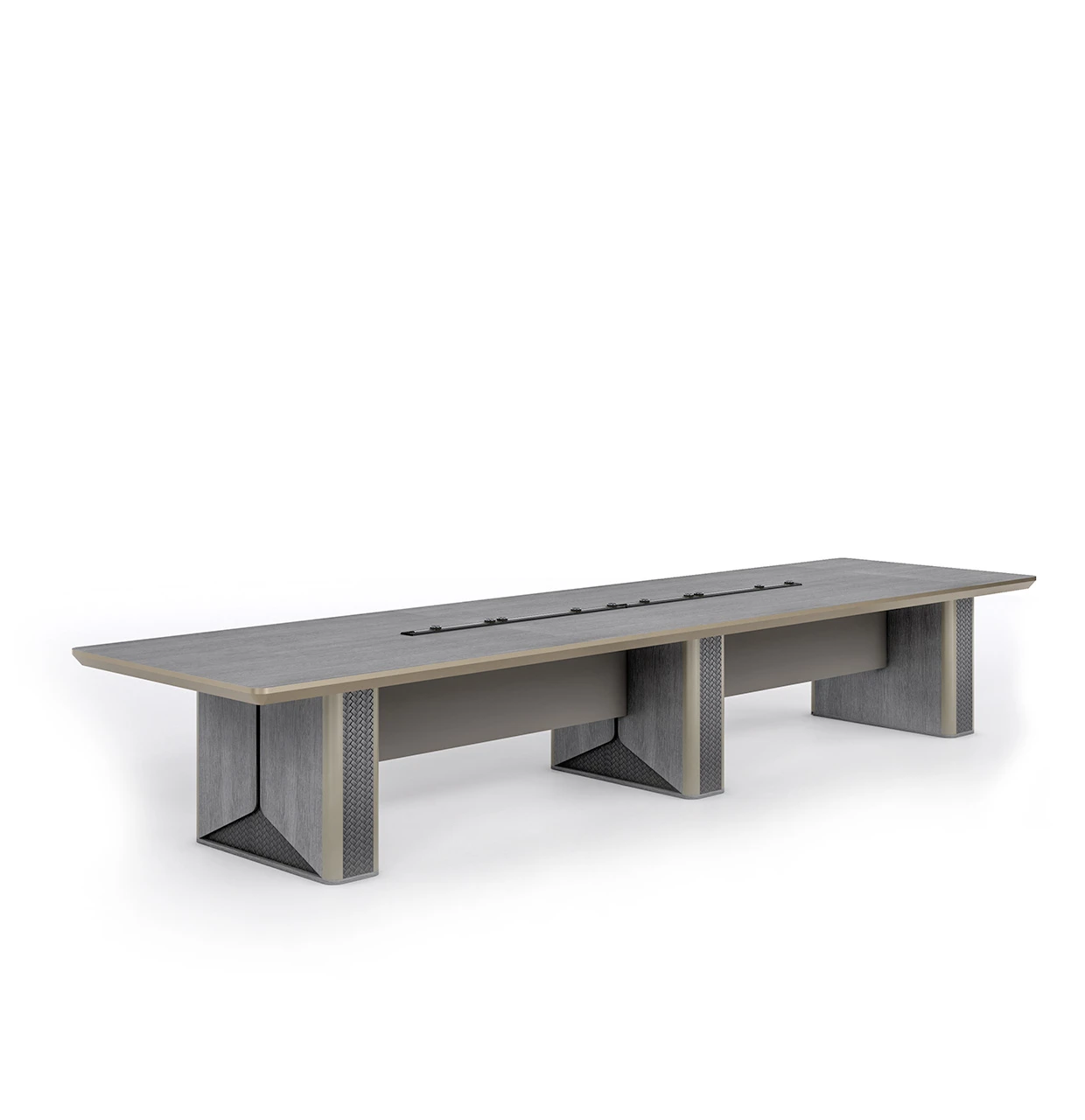
In any office environment, the meeting table often serves as the centerpiece of collaboration, strategy, and innovation. It’s where ideas are born, decisions are made, and relationships are built. While it might seem like just another piece of furniture, the right meeting table can significantly influence the productivity, atmosphere, and culture of a workplace.
Why the Meeting Table Matters
A meeting table is more than a surface to sit around—it’s a symbol of unity and shared purpose. Whether it’s a quick team huddle, a client presentation, or a high-stakes board meeting, the table anchors the room and sets the tone for the interaction.
The design, size, and shape of the table can impact everything from body language to participation levels. A well-chosen table encourages open dialogue, ensures everyone feels included, and supports the overall flow of conversation.
Types of Meeting Tables
When selecting a meeting table, one size doesn’t fit all. Consider the purpose and nature of your meetings:
-
Rectangular Tables: Ideal for formal settings, these are great for large teams and structured discussions. They convey a sense of hierarchy and are perfect for boardrooms.
-
Round or Oval Tables: These encourage equality and open communication, making them suitable for creative sessions and team brainstorming.
-
Modular Tables: Flexible and versatile, modular tables can be rearranged for various group sizes or meeting formats. Perfect for modern, dynamic workspaces.
-
Standing Tables: A great choice for quick meetings or huddles, standing tables promote energy and help keep meetings brief and focused.
Key Considerations When Choosing a Meeting Table
-
Size & Space: The table should comfortably fit the room, leaving enough space for movement. Overcrowding a room can stifle creativity and comfort.
-
Functionality: Integrated power outlets, cable management systems, and AV support are essential for tech-enabled meetings.
-
Aesthetics: The table should complement your brand identity and office decor. A well-designed table can make a strong impression on visitors and clients.
-
Comfort: Ergonomics matter. Pair your table with supportive chairs to ensure long meetings don’t lead to discomfort.
-
Durability: A high-quality table made from robust materials ensures long-term use and minimal maintenance.
Creating the Right Atmosphere
Your meeting table also plays a psychological role. It can either foster collaboration or create distance. For instance, a long rectangular table may place some participants far from the conversation’s center, while a round table ensures eye contact and shared focus.
Additionally, the ambiance—lighting, color, surrounding furniture—should support the table’s purpose. A well-lit, thoughtfully designed space can enhance communication and productivity.
Final Thoughts
The meeting table might seem like a simple choice, but it’s a foundational element of your workspace. By choosing the right one, you’re not just furnishing a room—you’re setting the stage for teamwork, innovation, and progress.
So next time you step into a meeting, take a moment to notice the table. It just might be doing more for your business than you think.